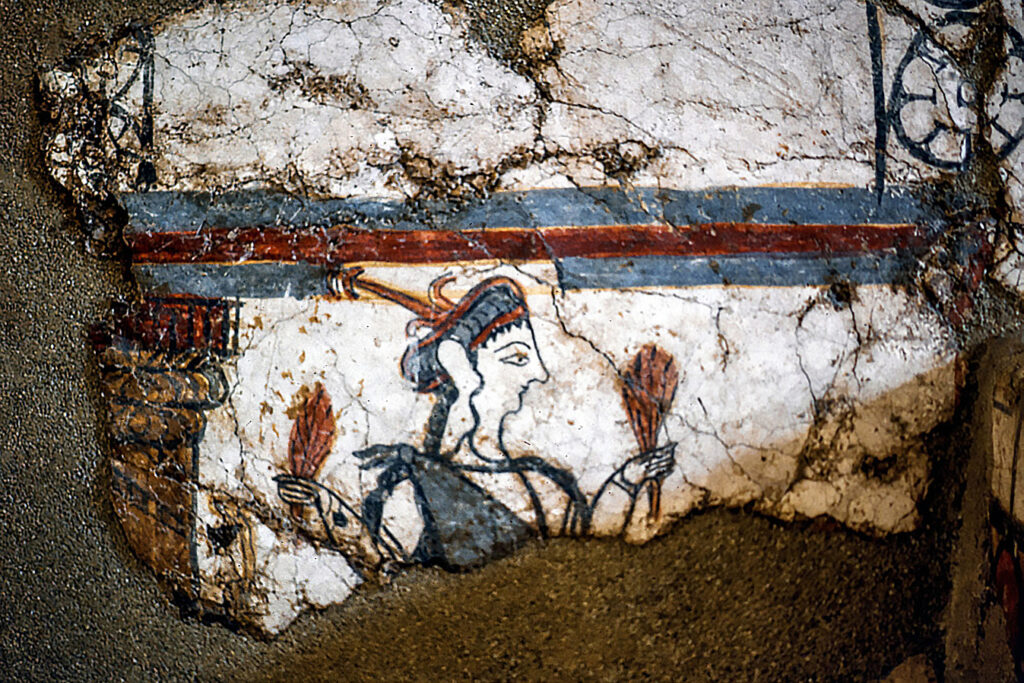
Heinrich Schliemann (1822-1890) was a 19th-century German businessman, world traveler and amateur archaeologist. He attended the Sorbonne and at times lived in, and was a citizen of, both Russia and the United States. He is most famous for his work at the likely site of ancient Troy (Truva) in modern Turkey, and for excavating Mycenae in the Peloponnese region of Greece. He is also famous for smuggling gold jewelry and other spoils from the sites of his digs in Turkey to Germany, as well as for taking photos of his Greek wife Sophia wearing jewelry he unearthed that he believed had been worn by (the mythical) Helen of Troy (daughter of Zeus and Leda). The gold jewelry was dubbed “Priam’s Treasure,” or “Priam’s Gold,” named after the legendary last king of Troy. In addition, Schliemann is known for discovering, reconstructing and repainting parts of the ancient ruins at Knossos on the Greek Island of Crete, thereby destroying some of its history. He changed the relatively new field of archaeology forever.
Archaeologists focus on recording their findings and, for the most part, keeping them as they were found so as to be able to learn as much as possible about the civilizations that left them. At many sites, efforts are made over time to carefully remove important finds, e.g., King Tutankhamen’s Tomb, and to reconstruct some buildings, e.g., Paestum, but with professional intelligence and decision-making. However, the settlement Schliemann discovered was approximately 1,000 years older than the one he was searching for, and in the process he destroyed elements of perhaps seven to eight civilizations he had dug through. He could not have anticipated the splendor he found; his focus was mainly on fulfilling a childhood fantasy of finding Troy. But he was also a treasure hunter.
Schliemann believed in the historical accuracy of Homer and the places mentioned in the Iliad and the Odyssey, and to some extent his digs proved him right, albeit he was not the first person to think he knew where Troy was. Among them was Alexander the Great, and he was neither the first nor the last. In the process Schliemann found and retrieved 8,830 objects made of gold, silver, bronze and electrum, including jewelry, cutlery, shields and vases, most of which he smuggled into Germany, where originally they were displayed at the Ethnographic Museum. At the time it was the greatest archaeological find in history. The Ottoman Empire initially imposed a fine on Schliemann of 10,000 francs, but later accepted a payment of 50,000 francs and granted ownership to him.
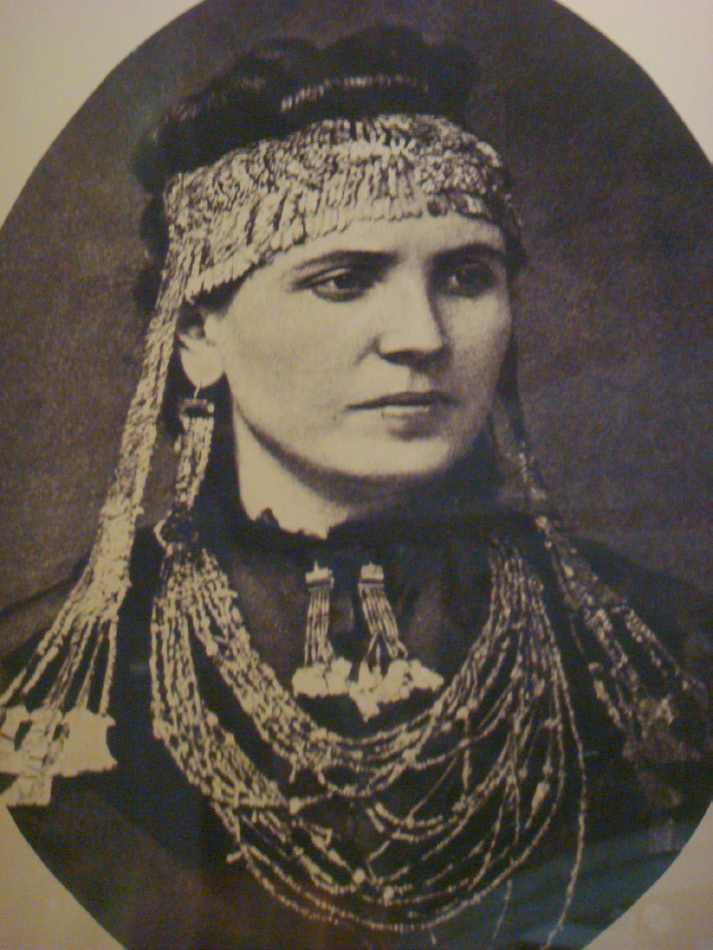
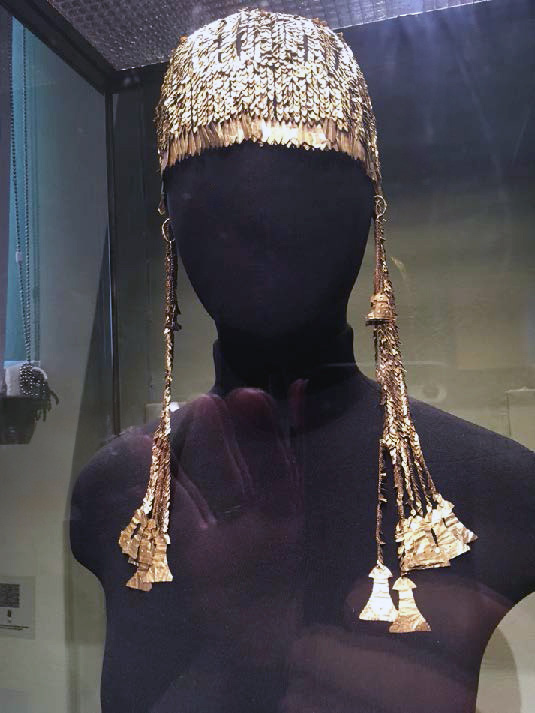
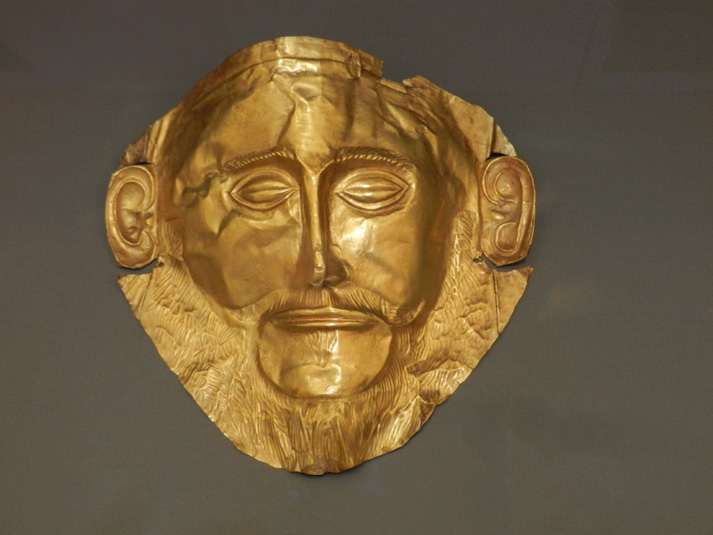
In 1939 the exhibits in many German museums were packed and stored in the museums’ basements, but for most of World War II, Priam’s Gold was hidden in the Zoo Tower in Berlin. In 1945, Soviet forces found the treasure and shipped it all to Moscow, claiming that the director of the museum gave it to them for safe keeping. There it was deposited in the Pushkin State Museum of Fine Arts, where it was kept secret until 1994. Russia claimed ownership of what they had retrieved and said it was compensation for the vast amounts of Russian art, books and buildings the Nazis had stolen or destroyed during the war (in which 20 million Russians died). Similarly, the Library of Moscow State University across from the Kremlin was the recipient of about 20,000 rare German books also delivered by the Russian army after Germany’s defeat.
Separately, an enormous cache of art collected from many German museums was transferred to The Hermitage in Leningrad (now, again, St. Petersburg) and was also kept secret for 50 years. In 1994 The Hermitage finally displayed its “Hidden Treasures,” including works by Cézanne, Degas, Monet, Gauguin, van Gogh, Renoir and many others, and the Pushkin began to display “Priam’s Gold.” The director of The Hermitage, Mikhail Piotrovsky, whom I knew well, claimed at the time that although his father (Boris) had been the director before him, his father had never told him about the cache, and he had finally discovered it in the basement of the museum. I suppose it’s too bad he didn’t go down to the basement sooner.
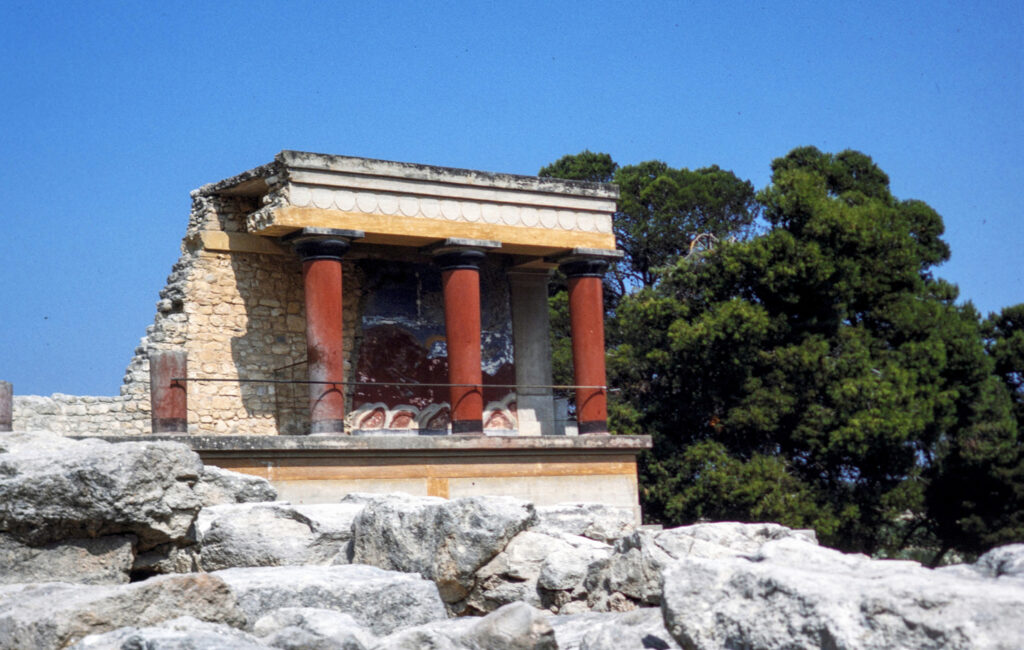
Thus most of “Priam’s Gold” is now in Moscow at the Pushkin Museum, where only some of it is on display, while a small amount of mostly utilitarian finds, but including some gold jewelry, is at the Alte Nationalgalerie on Museum Island in Berlin. There you can also find 11 other museums, of which The Pergamon is the most extraordinary. Besides holding the gigantic Pergamon Altar, also from what is now Turkey, it is also home to The Ishtar Gate, in ancient times the eighth gate to the inner city of Babylon—another ‘import.’ I think Museum Island must have the densest collection of museums in the world.
Fortunately, beautiful, detailed catalogs of both the “Hidden Treasures” in The Hermitage and of “Priam’s Gold” were published in the mid-1990s, so it’s possible to enjoy both without necessarily having to visit Russia—although the exhibits were extraordinary and are somewhat permanent. As with most significant archaeological digs, the finds inform us greatly about ancient life. Thus we see from Troy such items as frying pans, goblets, ceremonial axes, crystal lenses, anthropomorphic vessels and figurines, in addition to a vast number of gold hair pins, necklaces, diadems, earrings and other pieces of jewelry, much of it exquisite.
Those who believe the stories of the Trojan War usually date it to the 12th or 11th century BCE. The magnificence of “Priam’s Gold” demonstrates the human instinct for creating beauty at an even earlier time. Although Troy would have been on contemporary Greek, Phoenician and Egyptian trade routes, and others, it is unlikely that all of the techniques employed by local artisans arrived from abroad. Lacking the internet and other resources, they nevertheless succeeded in creating extraordinary works that have lasted millennia longer than the artists could have dreamed, and were even worn in the 19th century by Sophia Schliemann. G&S
Photos by Norman A. Ross




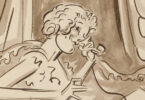
Leave a Comment